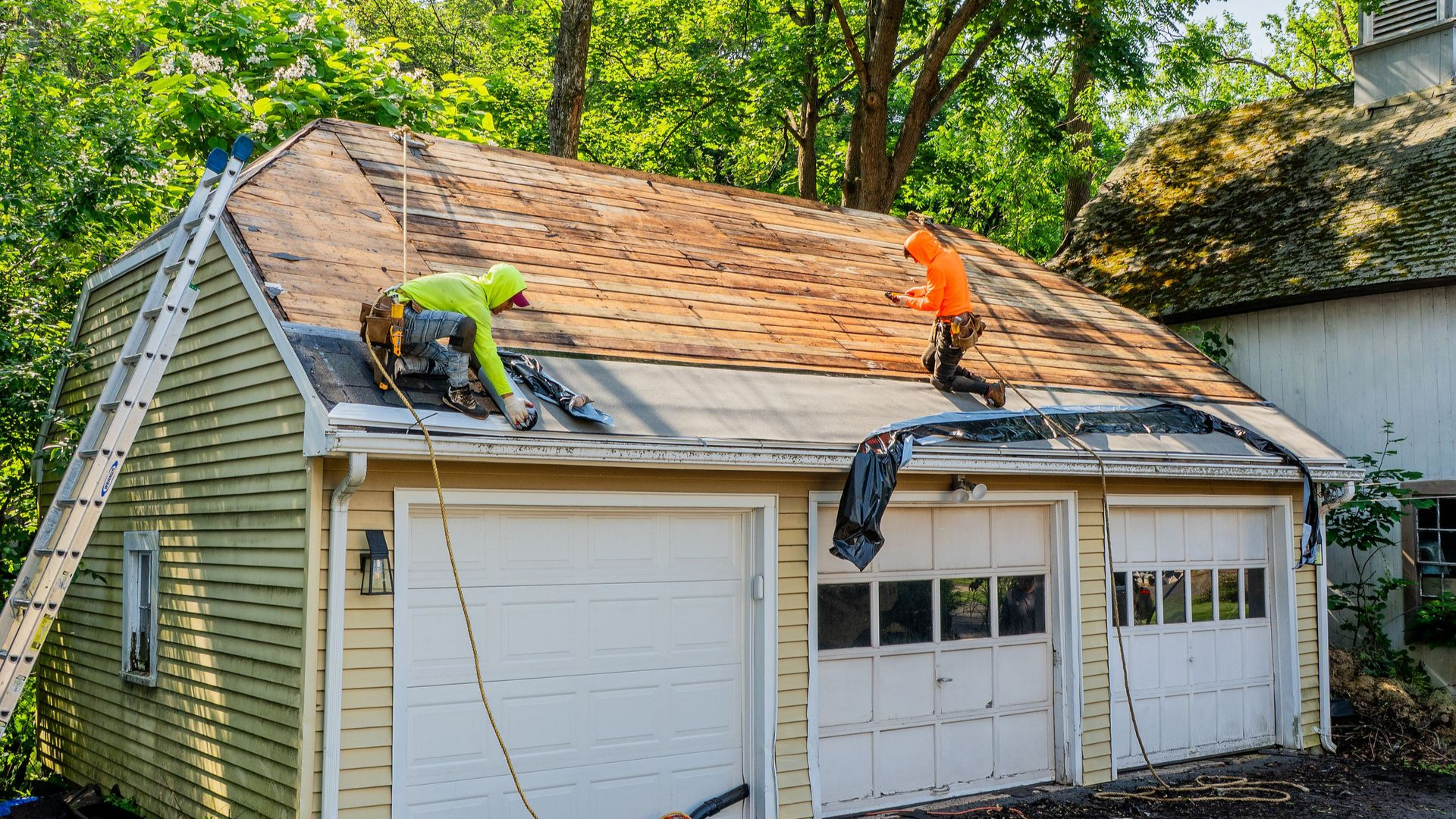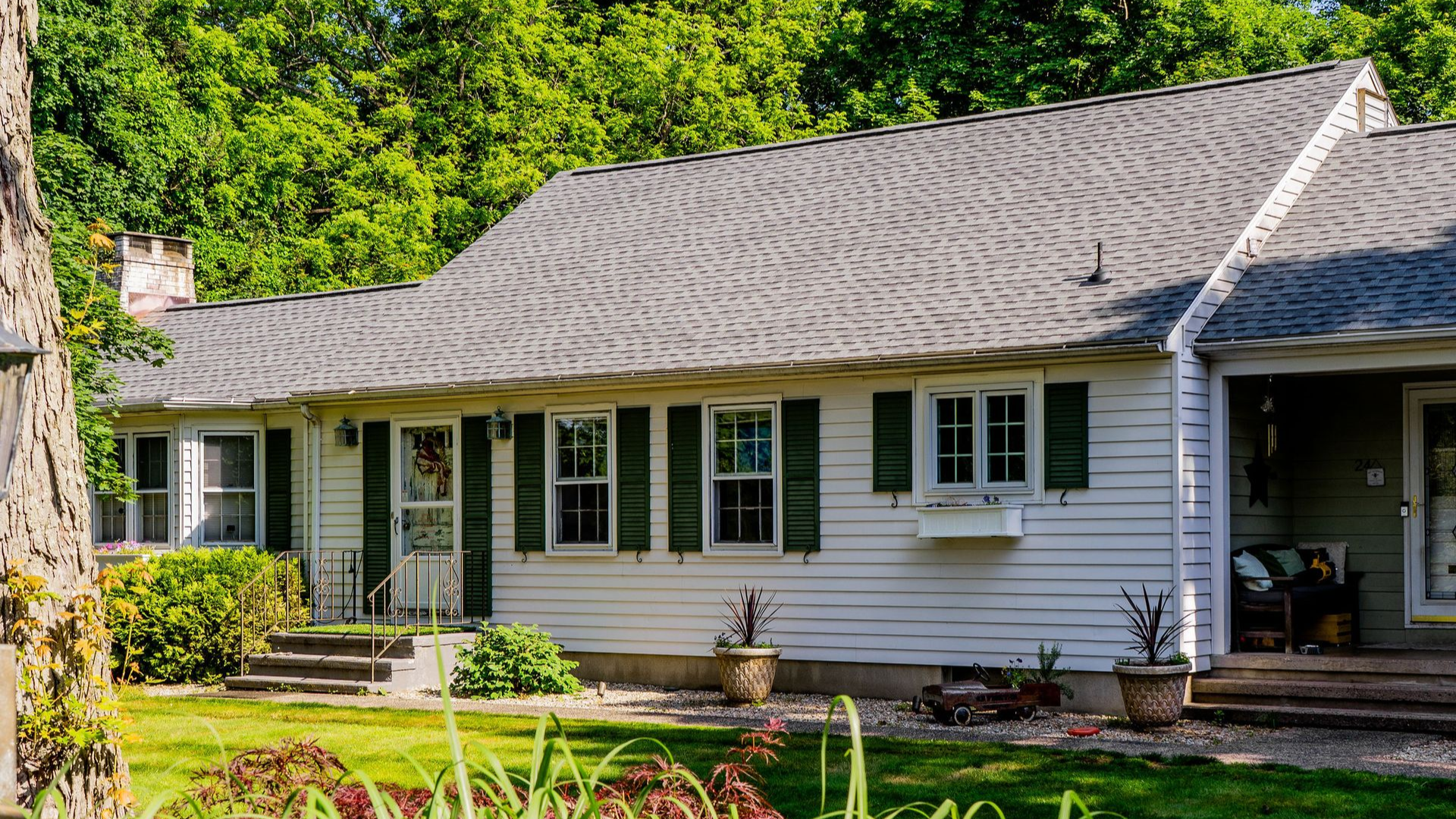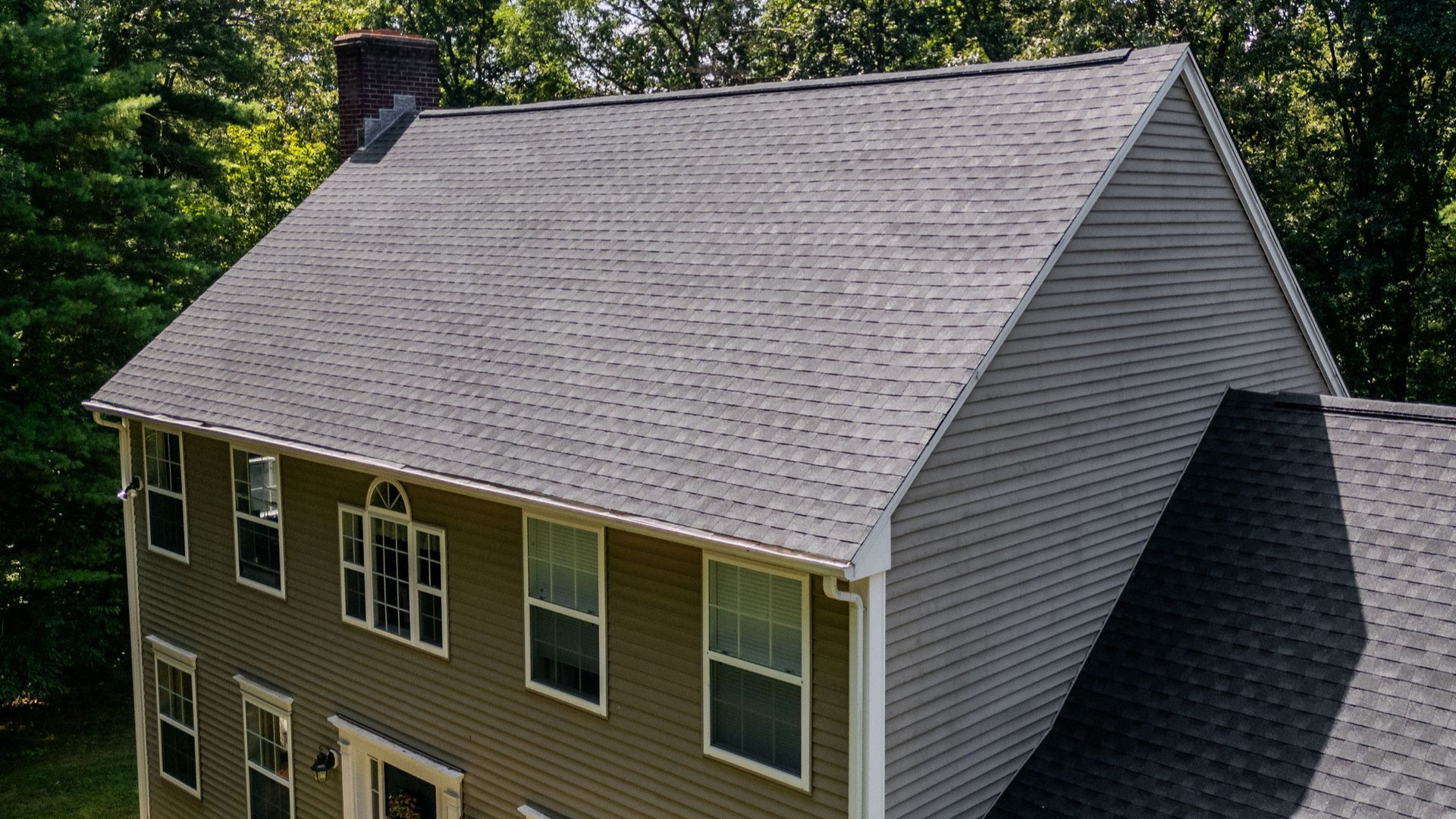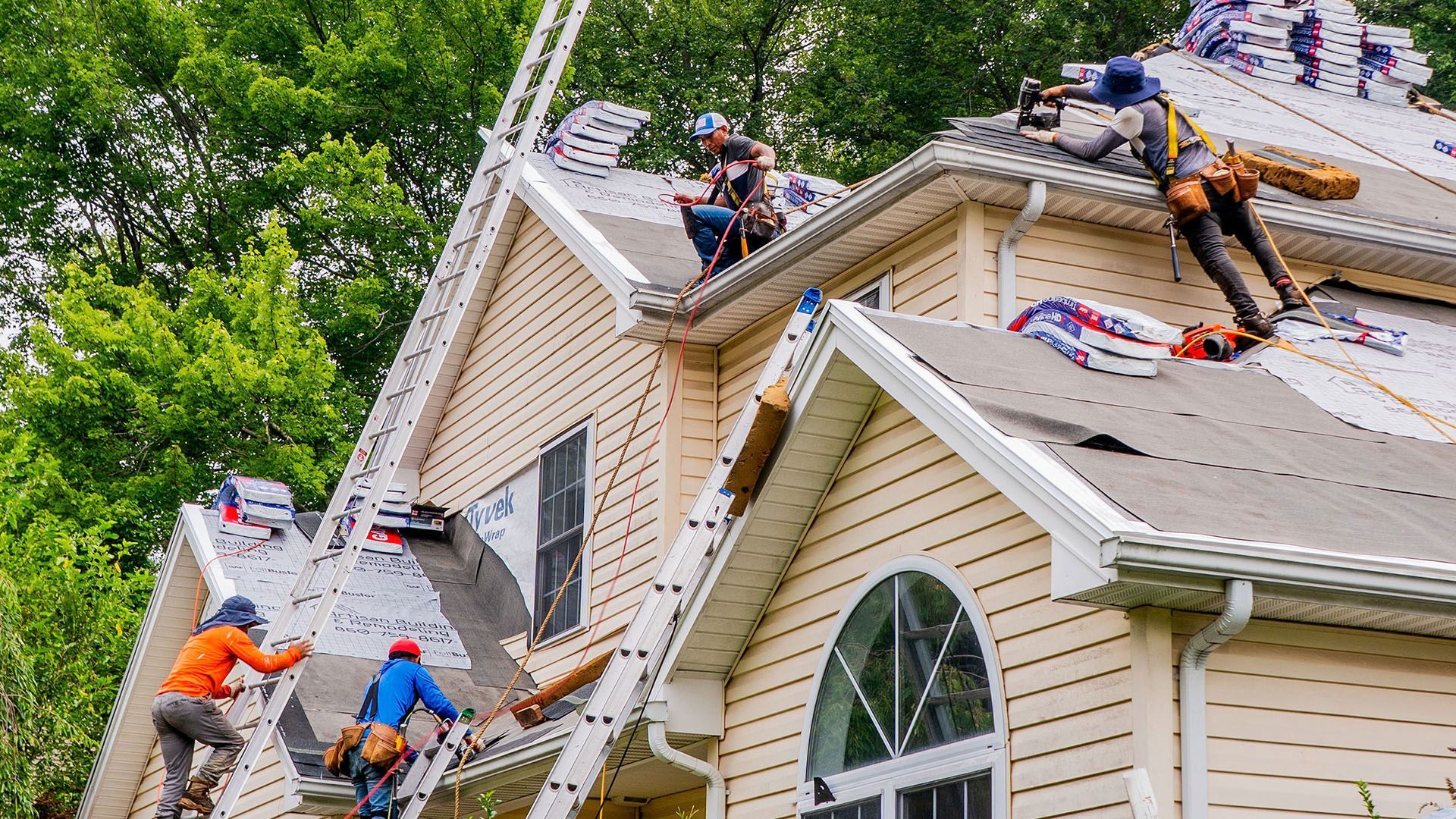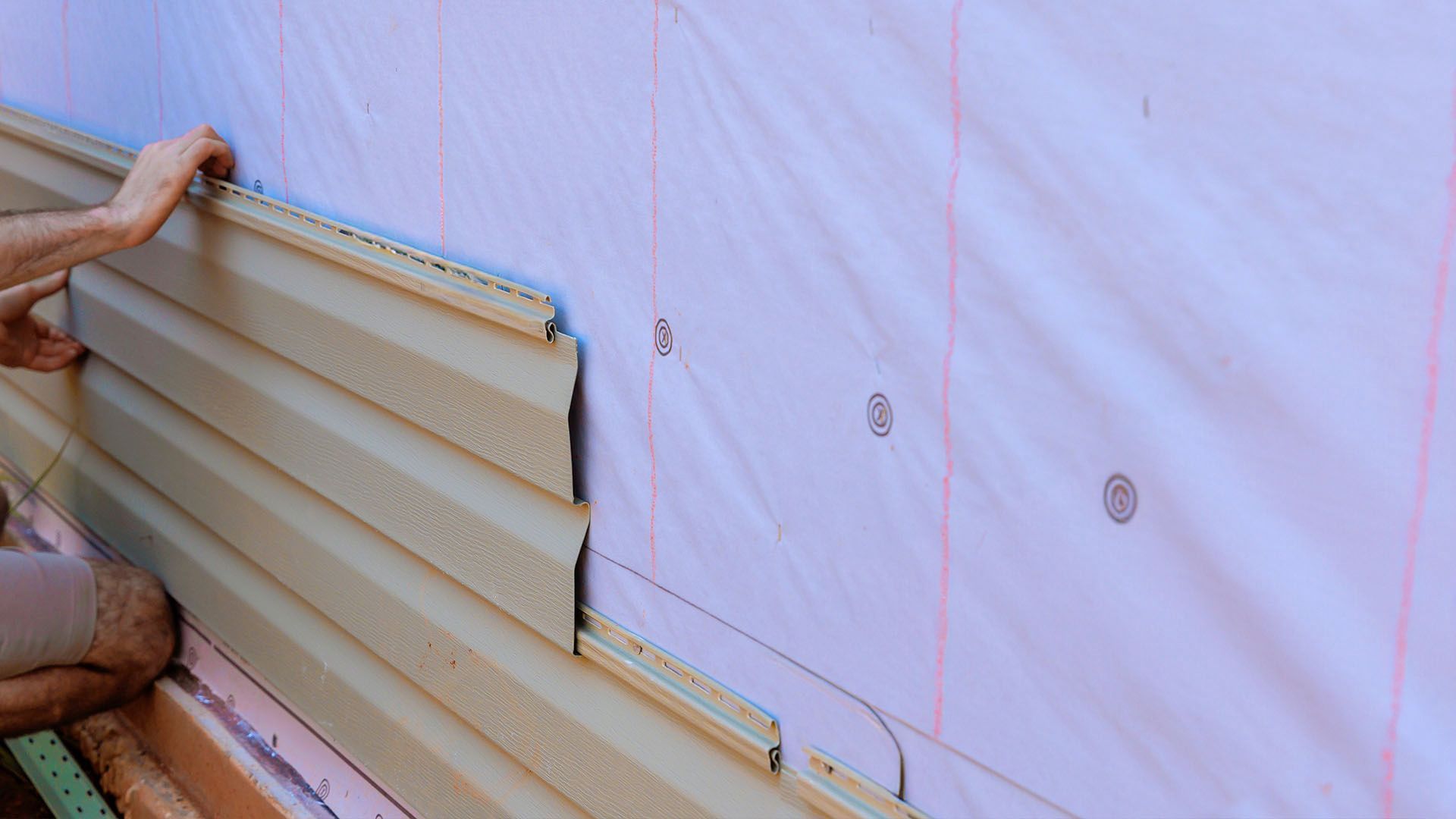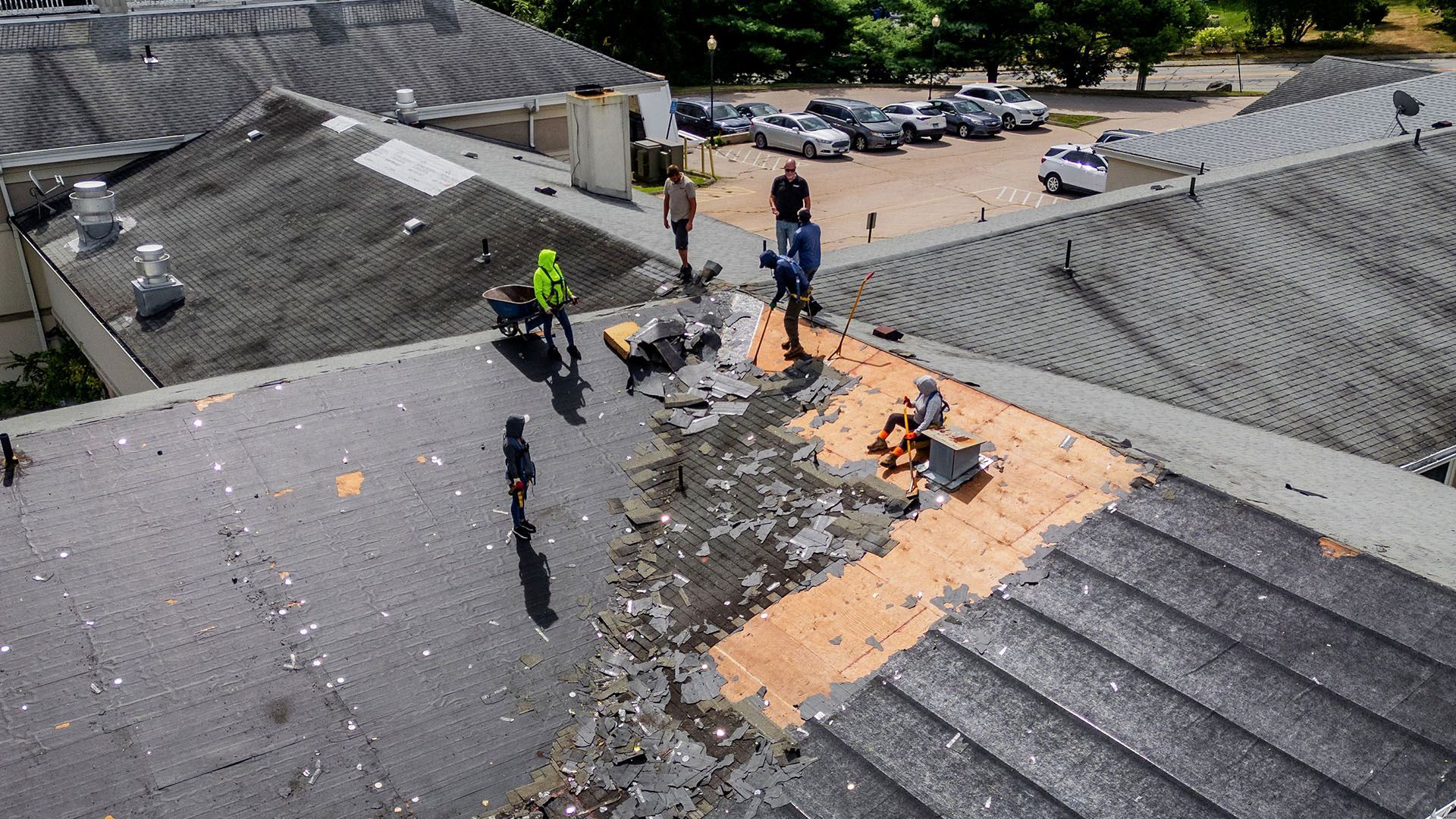What’s the Best Siding for New England Winters?
November 12, 2025
At Carden Roofing & Siding, we install and service siding across New England. Our team is certified by leading manufacturers and follows local building codes. We’ve seen how different materials handle snow, ice, wind, and freeze–thaw cycles on real homes. We use that hands-on experience to give you clear, honest guidance.
For most New England homes, fiber cement and insulated vinyl give the best mix of durability, moisture resistance, and low maintenance in winter. Engineered wood and metal (steel or aluminum) also perform well with proper installation and flashing. Natural wood can work, but it needs more upkeep in harsh cold.
Why Cold Climate Siding Matters
Challenges of Harsh Winters
New England winters bring heavy snow, ice dams, wind, and big temperature swings. These stress siding, causing cracks, warping, and gaps that let in water and cold air.
How Climate Impacts Siding Performance
Moisture that gets behind siding can freeze and expand, damaging panels and sheathing. Materials that manage water and handle expansion/contraction last longer and protect better.
Key Features to Look For
- Freeze–thaw resistance to prevent cracking and buckling
- Moisture resistance with tight seams and correct flashing
- Energy efficiency (insulated backers help reduce drafts)
- Low maintenance finishes that don’t peel or rot
- Strong warranties backed by pro installation

Top Siding Materials for Cold Weather
Fiber Cement Siding
Very durable, stable in temperature swings, and resists rot and pests. Paint or factory finishes hold up well in snow and ice. Homes facing strong winds, salt spray, or wide temperature changes. It’s heavier and professional installation is important.
Insulated Vinyl Siding
Foam-backed panels improve insulation and help limit thermal movement. It’s budget-friendly and sheds water well when detailed correctly. Homeowners want better comfort and curb appeal with lower upkeep. Choose impact-resistant panels; correct fastening avoids buckling.
If you're considering vinyl siding for your home, our team can help you understand the installation process and energy benefits.
Engineered Wood Siding
The look of wood with added moisture protection and dimensional stability. Better than raw wood in freezing–thaw conditions. Traditional New England styles with reduced maintenance. Follow clearances, sealing, and flashing guidelines closely.
Metal Siding (Steel & Aluminum)
Tough, rot-proof, and handles temperature swings without warping. Modern coatings offer solid weather resistance. High-wind areas or modern designs seeking crisp lines. Pair with proper underlayment and ventilation to manage condensation.
Wood Siding (Pros & Cons in Cold Weather)
Classic look and strong curb appeal. Needs regular sealing/painting to prevent moisture damage and mold, especially with snow and ice. Wood siding can be a beautiful option, but requires commitment to maintenance in cold climates.
What Makes Siding Ideal for Cold Climates?
Durability in Freeze-Thaw Cycles
Siding should flex slightly without cracking and keep joints tight. Systems rated for temperature swings perform best.
Moisture Resistance & Mold Protection
A weather-resistive barrier, rain screen gap, and correct flashing at all penetrations keep water out, key in winter.
Energy Efficiency & Insulation Value
Insulated siding can reduce drafts and heat loss. Combine with air sealing and attic insulation for the biggest gains. You might also consider replacement windows as part of a comprehensive energy efficiency upgrade.
Low Maintenance in Snowy Conditions
Factory finishes and materials that don’t absorb water save time and reduce winter damage.
Regional Considerations for Cold-Climate Siding
New England vs. Midwest vs. Pacific Northwest
- New England: Nor’easters, salt exposure, big temp swings, favor fiber cement, insulated vinyl, engineered wood, or metal with wind-rated accessories.
- Midwest: Deep freezes and hail, look for impact resistance and strong substrates.
- Pacific Northwest: Long wet seasons, prioritize drainage (rain screen) and moisture management.
Local Code and Weather Factors
Check wind ratings, fastening schedules, and fire requirements. Match materials and details to your town’s climate data and codes.
Signs Your Current Siding Isn’t Cold-Weather Ready
Cracking, Warping, or Buckling
Visible movement, waves, or gaps signal freeze–thaw stress or fastening issues. If you notice these signs you need to replace your siding, don't wait, damage can worsen quickly.
Rising Energy Bills
Cold wall spots and drafts can mean poor thermal protection and air leaks.
Water Damage or Mold Growth
Staining, peeling paint, or musty odors point to moisture getting behind the siding.
Choosing the Right Siding for Your Home
Budget vs. Long-Term Value
Vinyl often costs less upfront. Fiber cement and engineered wood usually deliver stronger long-term value through durability and curb appeal.
Style and Curb Appeal
Pick profiles that match your home, lap, shingles, or board-and-batten, while keeping maintenance in mind. Looking for inspiration? Check out popular siding colors in your area.
Professional Installation Matters
Even the best siding fails with poor detailing. Proper flashing, clearances, and ventilation protect your walls and your warranty. While you're upgrading, don't forget about your gutters, they're critical for directing water away from your new siding.
Final Thoughts on Siding for Cold Climates
For New England winters, fiber cement and insulated vinyl are reliable, weather-resistant choices. Engineered wood and metal also perform well when detailed for moisture and wind. If your siding shows damage or your heating bills are rising, upgrading can improve comfort, protect your home, and keep it looking great through winter.
Want a clear, unbiased assessment of your
siding options? Carden Roofing & Siding can inspect your exterior, explain your options in plain language, and outline a plan that fits New England weather and your budget.
Frequently Asked Question's
How long does siding last in cold climates like New England?
Lifespan varies by material. Fiber cement can last 50+ years, insulated vinyl 25-40 years, and engineered wood 20-30 years with proper maintenance. Cold weather actually helps some materials—vinyl becomes more brittle but lasts longer overall because there's less UV damage in winter. The key is professional installation with correct flashing and ventilation to prevent moisture damage from freeze-thaw cycles.
Can I install new siding in winter, or should I wait until spring?
Most siding can be installed in winter, but there are considerations. Vinyl siding should not be installed below 40°F because it becomes brittle and can crack during cutting and fastening. Fiber cement and engineered wood can be installed in colder temps, but you need dry conditions and proper acclimation time. Many contractors prefer fall installation—you get it done before snow season, materials handle cooler temps well, and you're not competing with the spring rush.
Will insulated siding really lower my heating bills?
Insulated siding adds about R-2 to R-5 of thermal resistance—a meaningful improvement but not a dramatic one on its own. You'll see the biggest impact when paired with proper air sealing, attic insulation, and quality windows. Most homeowners report 10-20% reduction in drafts and slightly lower heating costs. The real value is comfort—rooms feel warmer and more consistent, and you eliminate cold spots along exterior walls.
What's the most common mistake homeowners make when choosing cold-climate siding?
Focusing only on upfront cost instead of total lifecycle value. Cheap vinyl installed poorly will fail faster and cost more long-term through repairs and higher energy bills. The other big mistake is ignoring water management—even the best siding fails if you don't have proper flashing, a weather barrier, and working gutters. Every cold-climate installation needs careful detail work at corners, penetrations, and the bottom edge where snow accumulates.
Do I need to replace my siding if I'm getting a new roof?
Not necessarily, but it's worth inspecting. Roofing and siding work often overlap at flashing points, and doing both together can save on staging costs and ensure better integration. If your siding is near the end of its life or shows damage, bundling projects makes financial sense. At minimum, have your siding inspected when you get a roofing estimate—catching problems early prevents bigger issues down the road.





